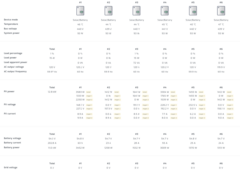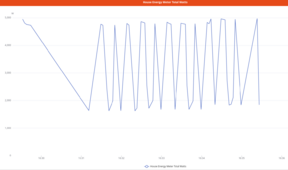Daddy Tanuki
Solar Wizard
Nope a Navy Nuke is a person in the Nuclear propulsion field... they are known, well known for nuking problems (working everything out t the last detail). they are very, very detail oriented, but ask @Mattb4 if his testicles glow in the dark like Rudolph the red nosed raindeer??? also ask him for the rate of mutation on his kids... any got three eyeballsstill need to learn to read between the lines and compensate some still missing background information... do I understand it correctly a Navy Nuke is a bit like MacGyver... solving problems in unconventional ways and prepared for everything...
sorry matt, told you I got tons of jokes for you... You have not seen the likes of the crayola fueled organically grown fuckery that makes up the USMC.





